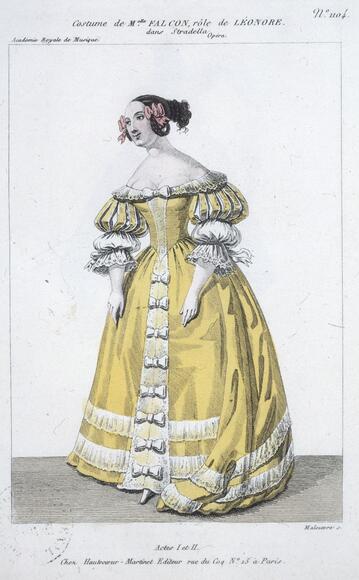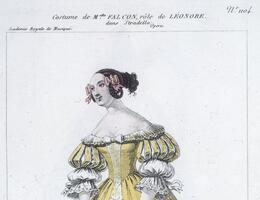Stradella

Opera in 5 acts
Niedermeyer’s third opera reveals the fascination exerted by Alessandro Stradella during the Romantic era. Interest in this composer had grown after Fétis included—in one of his historic concerts (1833)—the church aria, Pietà Signore di me dolente, attributed to Stradella but probably composed by Fétis himself. The success of this piece, popular for its moving expressiveness, was inextricably linked to a romanticised version of the composer’s life, combining a romantic liaison with a celebration of the power of music. This “Stradella myth” gave Deschamps and Pacini the subject matter for a libretto in which Stradella runs away with his mistress, pursued by a jealous Venetian senator. In Rome, the musician is followed by two assassins contracted to kill him. His moving rendering of the hymn Pleure Jérusalem in the church of Santa Maria Maggiore fills the murderers with such emotion that they abandon their plan. The senator continues to hound the couple until he becomes Doge, at which time he pardons the composer. Premiered on 3 March 1837 at the Paris Opéra by the leading opera singers of the time (Nourrit, Falcon, Levasseur), in a sumptuous production, the work was not favourably received. Although the critics acknowledged the music’s melodic qualities, they unanimously deplored the absence of grandiose forms and impassioned accents. After the second performance in the presence of the royal family (July 1837), Stradella was revived on 4 September 1840 in a revised three-act version, but the work did not remain in the repertory.

